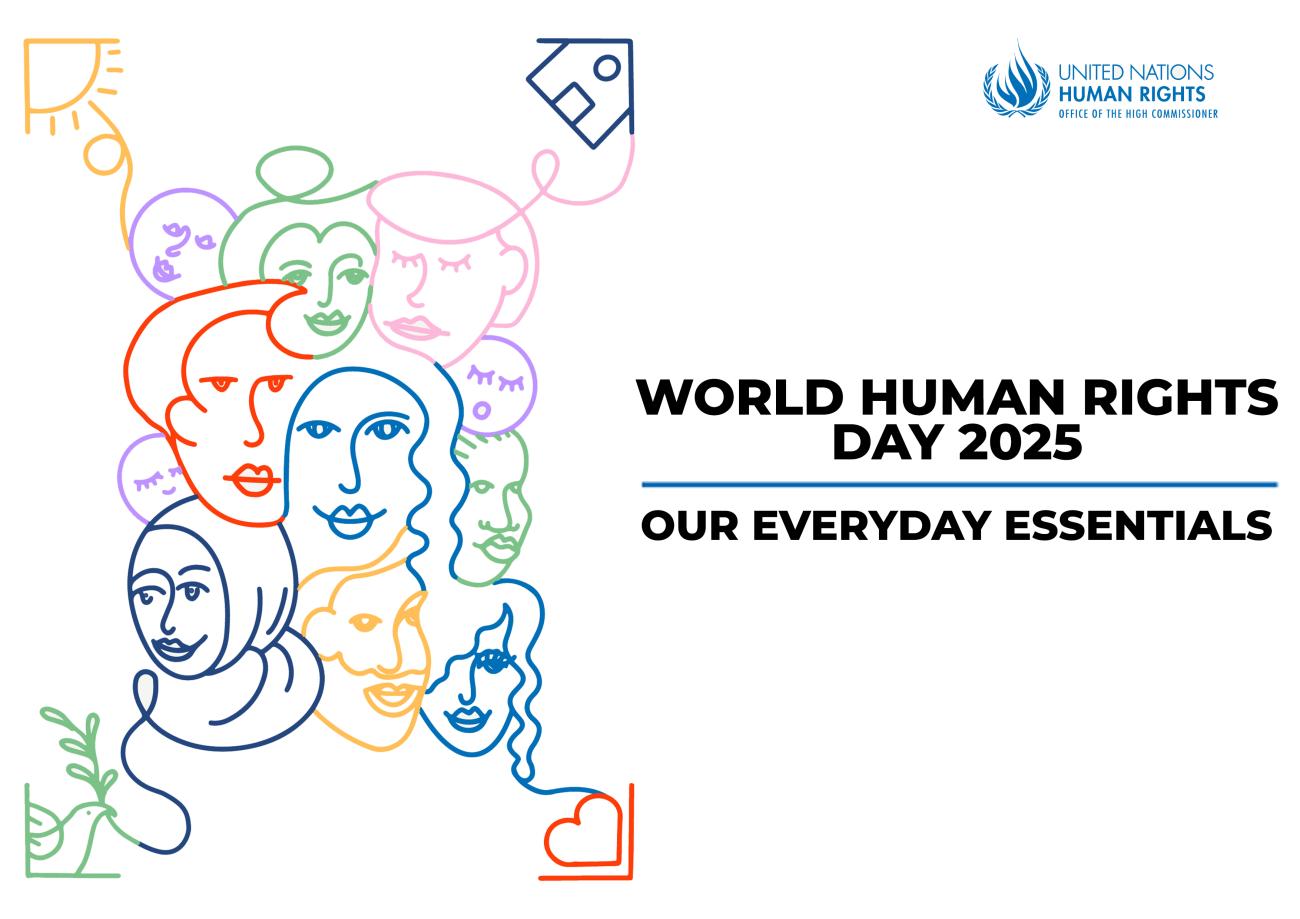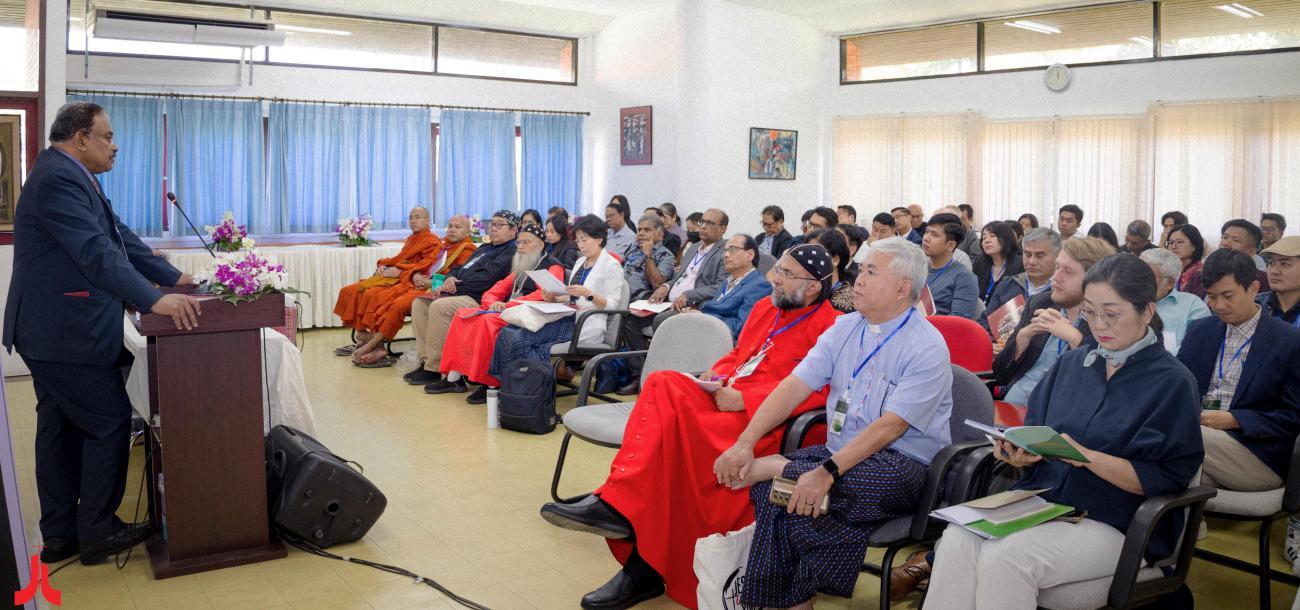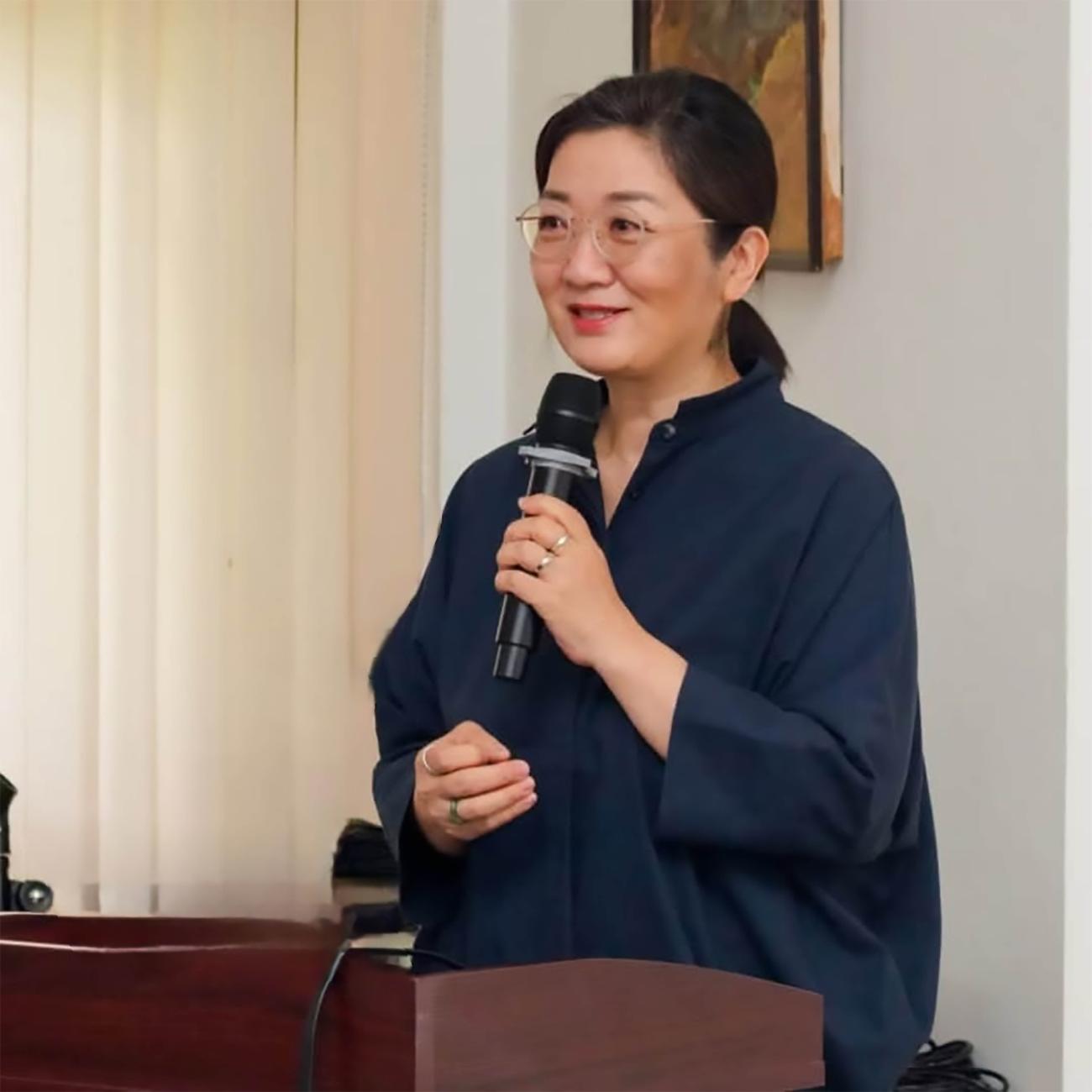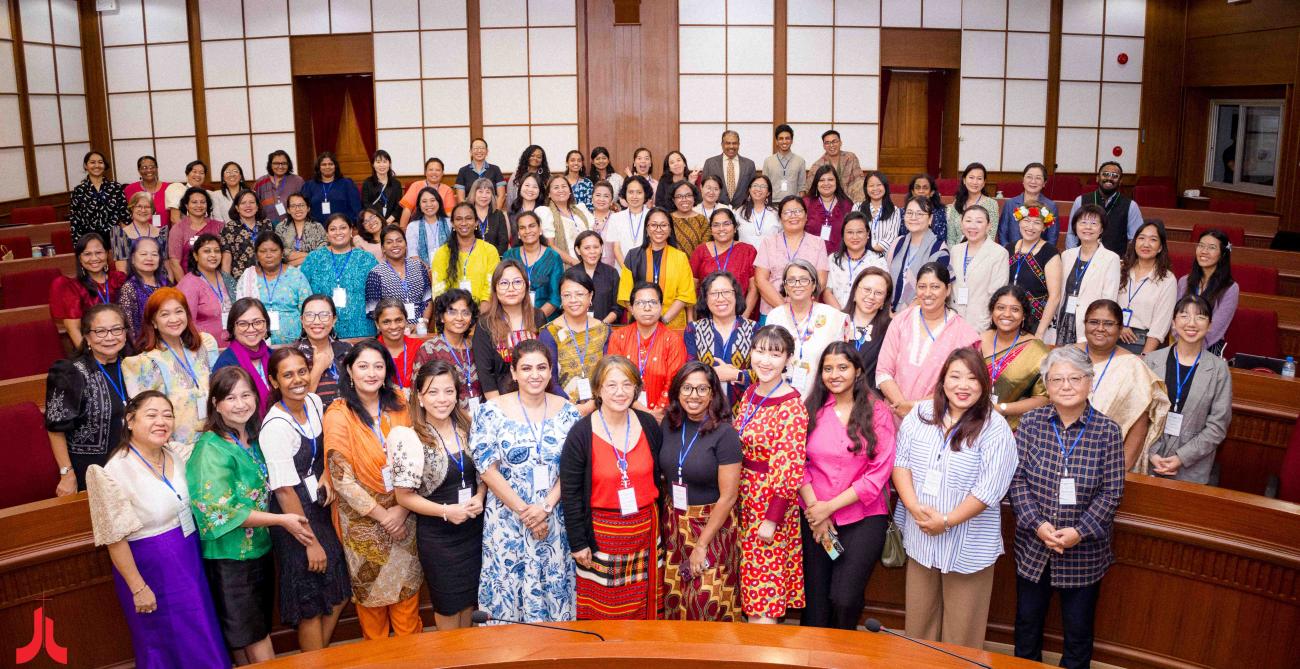Cybergenic synergy of envisioning humanity and digital wellness bridges the divine and the digital in pursuit of a harmonious future

From left to right: Dr Leonard Chrysostomos Epafras, Rev. Dr Yong Sup Song, Dr Jason Lam
Kuala Lumpur, Malaysia: "Cybergenic Synergy: Envisioning Humanity and Digital Wellness" was the focus of the third thematic plenary session of the Asian theologians’ summit held on the fifth day of the Tenth Congress of Asian Theologians (CATS-X).
Reflecting on the sub-theme, three academicians shared valuable insights on the rapid evolution of technology and its challenges to human life and faith, offering perspectives on navigating the digital age with integrity and purpose.
The panellists explored the synergy of faith and digital advancement, seeking to enhance human well-being and ethics through thoughtful technology use that reflects divine creativity and unity.
Dr Jason Lam, a senior lecturer at the Melbourne School of Theology, set the tone of his presentation on "We Look Forward to the Resurrection of the Dead: Does it Include Microbiomes and Cell Signals?" with the compelling question: When Jesus was resurrected, did the microbiome within his body also partake in resurrection and eternal life?
Originally from Hong Kong, Dr Lam engaged with various disciplines to shed light on the mystery of the resurrection of the body while highlighting the role of identity and personhood within a neuro-cybernetic context. He proposed that while traditional views see the human body and nature as separate from divine realms, they were, in fact, interwoven with spiritual significance and transformed through resurrection. His perspective challenged materialist interpretations by suggesting that aspects of personhood and even microbiome can be considered within the scope of resurrection.
Dr Lam argued that Christ’s resurrection illustrates continuity rather than escape, where identity was preserved beyond mere materiality, evoking a holistic vision relevant to cybernetic wellness and human integration. He asserted that "salvation is not limited only to humans but includes all of creation", prompting the gathering to consider how humans could then disregard all that God had chosen.
Rev. Dr Yong Sup Song of the Youngnam Theological University, in a presentation on "Religious AI for Human Flourishing", examined the potential of AI technologies designed with religious and ethical principles to promote human well-being. Dr Song claimed that as AI advanced, the need for Religious AI would also rise, which would integrate religious values like compassion and ethical care to better understand and serve humans.
Highlighting Jeong, a Korean concept of compassionate connection, Dr Song proposed that AI systems grounded in culturally diverse values could lead to safer, more compassionate interactions with humans. He underscored that “religion is not a stumbling block to progress but a critical companion for scientific advancement”, envisioning a future where AI acted not just as a tool, but as a source of meaningful support and relational well-being.
Dr Leonard Chrysostomos Epafras’ presentation, "Manunggaling Kawula Lan Mayantara: Some Thoughts on Digital Theology", explored how digital technology and faith intersect to shape modern spirituality.
Dr Epafras, lecturer and researcher at Universitas Gadjah Mada and the Indonesian Consortium for Religious Studies, emphasised the need to balance the concepts of logos (reason) and tekhnē (technology), suggesting that digital tools should be seen as integral to human experience rather than separate or opposed to it. He proposed an "e-cclesiology", a digital approach to church practices that maintained spiritual connection in an increasingly online world, fostering a seamless relationship between people and technology. Through "Manunggaling Kawula Lan Mayantara", Javanese for ‘the Unity between Humanity and the Lord,’ Dr Epafras encouraged integrating technology thoughtfully in ways that enhanced human connection and spiritual growth.
The third sub-thematic session of CATS-X, "Cybergenic Synergy: Envisioning Humanity and Digital Wellness", illuminated the intricate relationship between faith and technology through rich and nuanced perspectives.
Each presentation highlighted the transformative potential of digital advancements when thoughtfully integrated with spiritual and ethical principles. By bringing harmony between humanity, spirituality, and technology, the scholars set the stage for ongoing dialogue about navigating the digital age with purpose, integrity, and reverence for the divine interconnectedness of all creation.
For more pictures of Day 5 of Tenth Congress of Asian Theologians (CATS-X) please click here.







